Which Interior Finish to Choose: Wood Veneer or Laminate?
Two popular surfacing materials are on the frontlines. Check out their pros and cons and pick your winner
Shristi Nangalia
16 September 2019
Houzz India Contributor, Architect, Architectural Writer and Content Writer. Painting, craft work, pets and good food are my getaways. Cultures and colours always inspire me. Email: shristi012@gmail.com, Business profile: @decoretteindia.
Houzz India Contributor, Architect, Architectural Writer and Content Writer. Painting,... More
Wood veneers and laminates are among the most commonly used decorative materials for surfacing cabinetry, furniture, walls, ceilings and much else. Wood veneers are thin layers of wood precisely cut from a thicker log while laminates are multi-layered sheets of paper and plastic resins glued together into one. Both veneers and laminates are pasted on a sub-base of solid wood or wood composite plywood board or MDF (medium-density fibre board) that is usually the original surface (of cabinetry, tables, etc.).
Are you unsure about which one to choose – wood veneers or laminates? Read on for some clarity. In this article, both will be judged on the basis of durability, aesthetics, affordability and ease of maintenance.
Are you unsure about which one to choose – wood veneers or laminates? Read on for some clarity. In this article, both will be judged on the basis of durability, aesthetics, affordability and ease of maintenance.
Wood veneer
Pro: Looks great
As veneer is derived from actual timber, each sheet is different from the other. Embedded natural patterns offer a more organic and high-end look, one that only a solid wood surface possesses.
Wood veneers can accentuate any space; see how the caramel-toned veneer adds elegance and high style to the whole space!
Pro: Looks great
As veneer is derived from actual timber, each sheet is different from the other. Embedded natural patterns offer a more organic and high-end look, one that only a solid wood surface possesses.
Wood veneers can accentuate any space; see how the caramel-toned veneer adds elegance and high style to the whole space!
Pro: Can be stained and textured as required
Just like solid wood, veneer sheets can be coloured and polished to achieve the intended hue and grain that goes with the design theme.
I love how soft recessed light amps up the understated charm of the smoke-stained oak veneer.
Pro: Lasts long. Though strength and overall appeal of the veneer application is largely dependent on workmanship, quality installations last long … and longer. Veneers are likely to stay intact for a minimum of 15 years if installed and maintained properly.
Find a designer to help choose the best option for your home
Just like solid wood, veneer sheets can be coloured and polished to achieve the intended hue and grain that goes with the design theme.
I love how soft recessed light amps up the understated charm of the smoke-stained oak veneer.
Pro: Lasts long. Though strength and overall appeal of the veneer application is largely dependent on workmanship, quality installations last long … and longer. Veneers are likely to stay intact for a minimum of 15 years if installed and maintained properly.
Find a designer to help choose the best option for your home
Pro: Is eco-friendly
Veneers are a renewable resource and they go a long way in economically replacing solid wood applications. One log of timber produces a number of veneered wood slices, boosting its cost-effectiveness. Not only that, pricey veneer sheets can be backed by an inexpensive wood board or plywood board to achieve the desired rich look within a budget.
What’s the Best Material for Kitchen Cabinets?
Veneers are a renewable resource and they go a long way in economically replacing solid wood applications. One log of timber produces a number of veneered wood slices, boosting its cost-effectiveness. Not only that, pricey veneer sheets can be backed by an inexpensive wood board or plywood board to achieve the desired rich look within a budget.
What’s the Best Material for Kitchen Cabinets?
Con: Not resistant to stains and scratches
Veneer sheets are softer than laminate sheets. Once the polish layer wears off over time, the veneer becomes susceptible to abrasions. The veneer sheet may bubble or warp if moisture seeps into the core material or if the top layer is exposed to heat. So they are not great options for kitchens, bathrooms and other wet areas.
Take a look at more kitchen designs
Veneer sheets are softer than laminate sheets. Once the polish layer wears off over time, the veneer becomes susceptible to abrasions. The veneer sheet may bubble or warp if moisture seeps into the core material or if the top layer is exposed to heat. So they are not great options for kitchens, bathrooms and other wet areas.
Take a look at more kitchen designs
Con: Requires timely polishing
To keep up the lustre, veneers need to be repeatedly polished (a process of spraying or painting the polish material in order to regain any lost colour or texture). Depending upon the thickness of polish applied, the surface can be sanded and repainted to cover warps or tears.
Con: Some can be high-priced. Slicing of veneer and installation of the sheets over any surface requires skilled craftsmanship. This extra effort makes them expensive in comparison to laminates. Furthermore, some premium veneer sheets can cost a bundle.
To keep up the lustre, veneers need to be repeatedly polished (a process of spraying or painting the polish material in order to regain any lost colour or texture). Depending upon the thickness of polish applied, the surface can be sanded and repainted to cover warps or tears.
Con: Some can be high-priced. Slicing of veneer and installation of the sheets over any surface requires skilled craftsmanship. This extra effort makes them expensive in comparison to laminates. Furthermore, some premium veneer sheets can cost a bundle.
Laminates
Pro: Is affordable. Laminates are machine-made products and are, therefore, easy to produce. Their cost of production is low and they are widely available.
Which Laminate is Best for Kitchen Cabinets?
Pro: Is affordable. Laminates are machine-made products and are, therefore, easy to produce. Their cost of production is low and they are widely available.
Which Laminate is Best for Kitchen Cabinets?
Pro: Available in a variety of colours and designs
Since laminates are pre-printed, one cannot find natural variations in the sheet like one does in wood veneers. However, other endless designs can be manufactured to choose from.
Due to availability of both glossy and rough textures, laminates can replicate almost all surface finishes including wood, stone, marble, leather and more.. Some digital printers produce personalised prints on the sheet too.
Since laminates are pre-printed, one cannot find natural variations in the sheet like one does in wood veneers. However, other endless designs can be manufactured to choose from.
Due to availability of both glossy and rough textures, laminates can replicate almost all surface finishes including wood, stone, marble, leather and more.. Some digital printers produce personalised prints on the sheet too.
Pro: Is strong and easy to maintain
Laminates are produced by compressing two or more layers under high pressure, resulting in highly durable and impervious sheets. Laminates tend to fight heat, moisture, stains and scratches better than veneers, making them easier to clean and take care of. Therefore, they are great for high traffic and damp areas like kitchens and tabletops. Most laminate manufacturers provide a minimum warranty of 10 years on their products.
Laminates are produced by compressing two or more layers under high pressure, resulting in highly durable and impervious sheets. Laminates tend to fight heat, moisture, stains and scratches better than veneers, making them easier to clean and take care of. Therefore, they are great for high traffic and damp areas like kitchens and tabletops. Most laminate manufacturers provide a minimum warranty of 10 years on their products.
Con: Looks cannot be altered
Most laminates are coated with a thin transparent plastic protective sheet above the printed decorative layer. Unlike veneers, they cannot be sanded, stained or textured according to demands of the design.
Con: Is non-renewable and sometimes toxic
A laminate sheet contains plastics and resins. Some resins give off harmful gases.
Most laminates are coated with a thin transparent plastic protective sheet above the printed decorative layer. Unlike veneers, they cannot be sanded, stained or textured according to demands of the design.
Con: Is non-renewable and sometimes toxic
A laminate sheet contains plastics and resins. Some resins give off harmful gases.
Con: Is prone to clipping at edges
In most veneer installations, the corners and seams are sealed by the polishing material. On the other hand, the edges of laminate applications remain open and sharp. Inferior workmanship often leads to clipping and breaking of hard laminate sheets which can only be solved by replacing the worn sheet by a new one.
This article was first published in 2017 on Houzz India.
Read more:
Is Solid Surface a Wonder Material?
10 Best Substitutes for Solid Wood.
Tell us:
Which one do you prefer and why? Write in Comments below.
In most veneer installations, the corners and seams are sealed by the polishing material. On the other hand, the edges of laminate applications remain open and sharp. Inferior workmanship often leads to clipping and breaking of hard laminate sheets which can only be solved by replacing the worn sheet by a new one.
This article was first published in 2017 on Houzz India.
Read more:
Is Solid Surface a Wonder Material?
10 Best Substitutes for Solid Wood.
Tell us:
Which one do you prefer and why? Write in Comments below.
Related Stories
Decorating Ideas
35 Serene Puja Room Designs
Take a leaf out of these elegantly designed, beautiful prayer rooms on Houzz
Full Story
Decorating Guides
Turn One Room Into Two With These Genius Ideas
Carve out an extra room within your home with these fab room-splitting tips and tricks
Full Story
Small Spaces
7 Stylish Ways to Dry Your Laundry In a Small Apartment
Has your drying rack become a perpetual eyesore in your home? These dapper laundry drying solutions have you covered
Full Story
Decorating Guides
7 Types of Glass That Allow in Light & Privacy
These glass products and treatments will increase privacy without losing natural light
Full Story
Most Popular
Which False Ceiling Material is Better: Gypsum or POP?
Here is all you need to know about the difference between gypsum and POP before you commit to a ceiling
Full Story
More Room Guides
No Space for a Walk-In Wardrobe? Think Again
By Laura Wheat
Think again with these tips for maxing your clothing capacity and adding a dressing room feel
Full Story
Dining Rooms
12 Breakfast Nooks Cool Enough for a Dinner Party
By Susan Redman
Forget eating side-by-side at a breakfast bar or supping at a long dinner table – the cosy kitchen nook is a far more hip way to dine
Full Story
Decorating Ideas
Indoor Plants You Just Can't Kill
These greens can up your decor game and refresh the indoor air but do not demand much in return
Full Story
Decorating Ideas
10 Must-Have Elements in an Inspiring Home Gym
Make your workout zone a space that inspires you to get your sweat on
Full Story
Decorating Guides
False Ceiling: Yes or No?
If you are in two minds about installing a false ceiling, this should help you make up your mind
Full Story

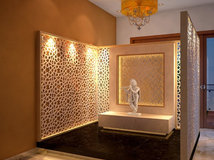
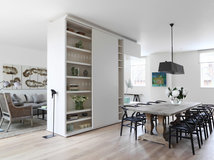
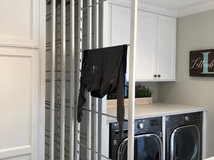
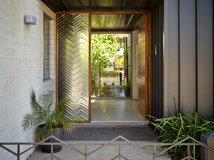
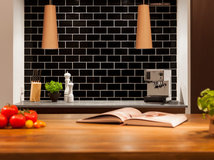
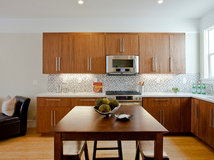
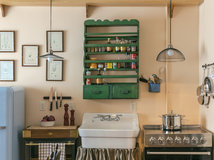

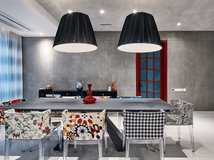

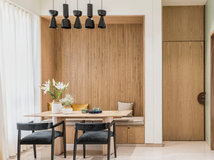
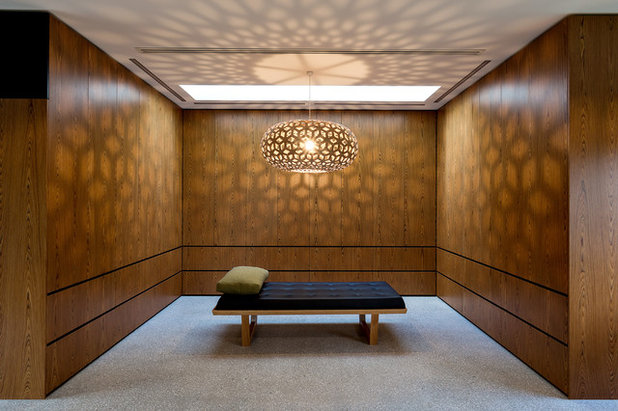
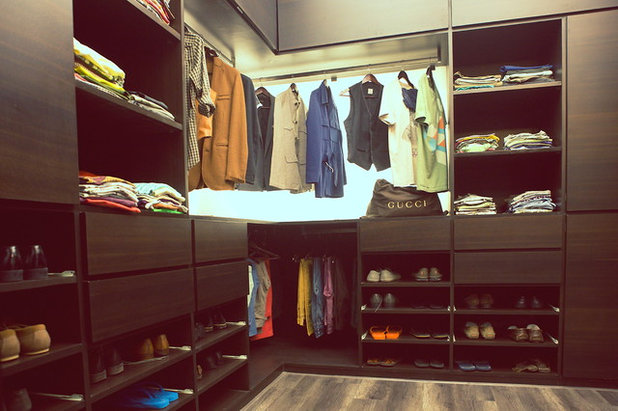
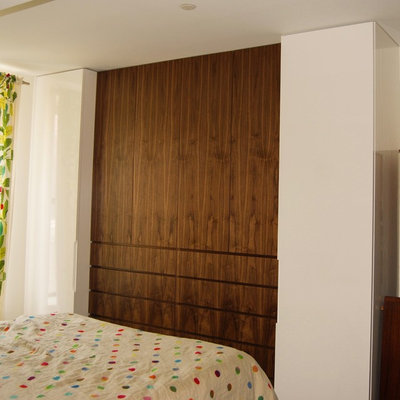
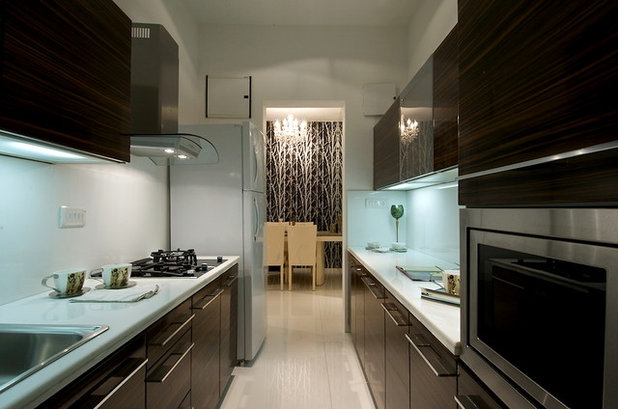
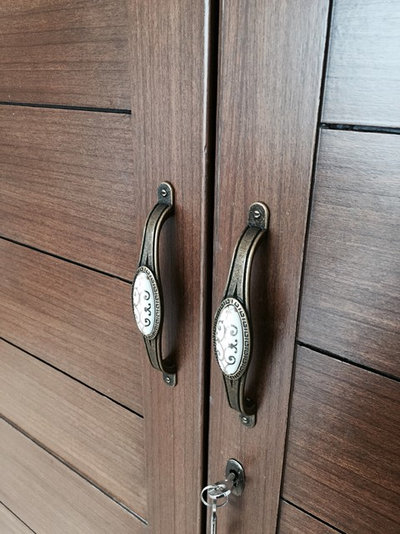
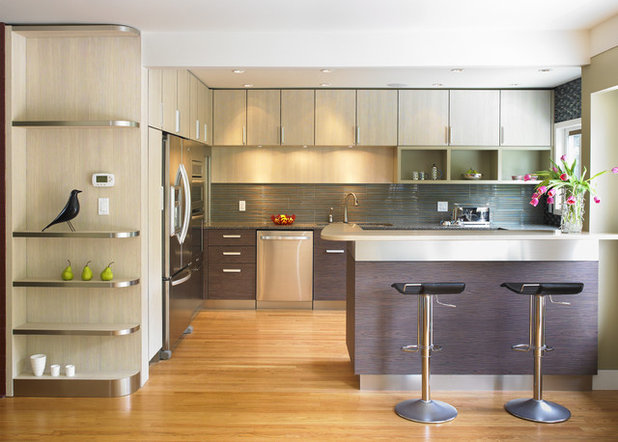
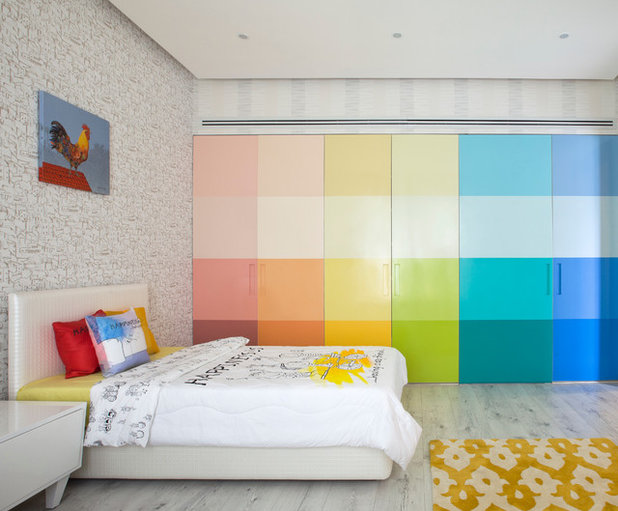
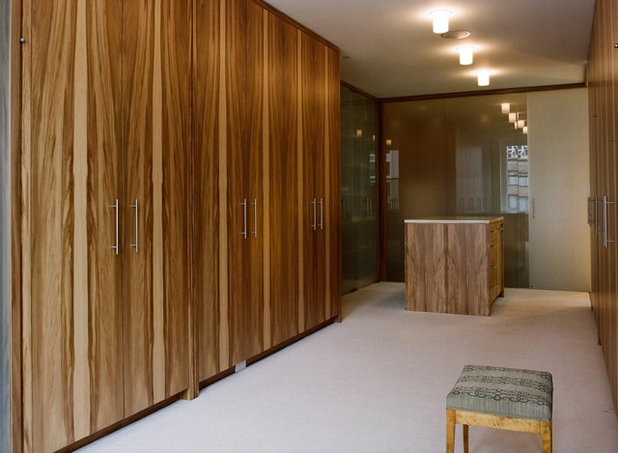
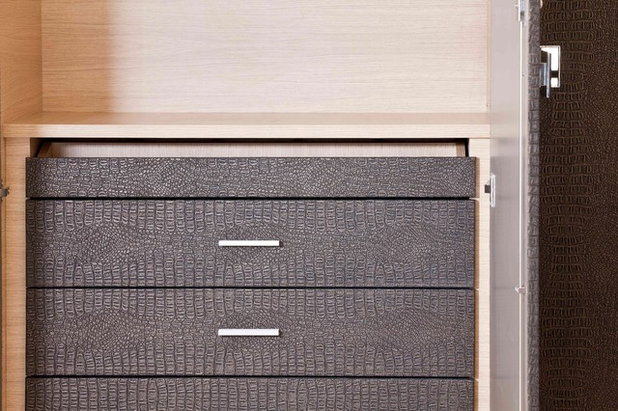
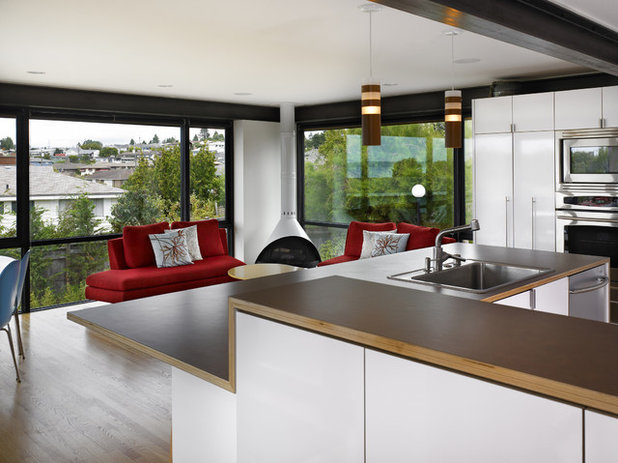
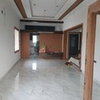
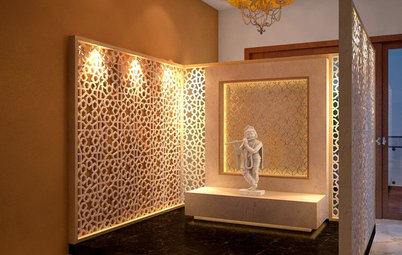
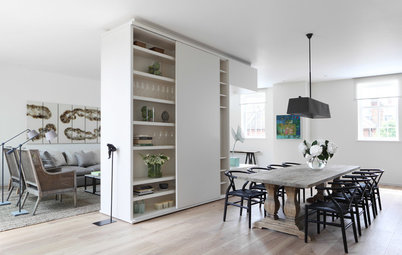
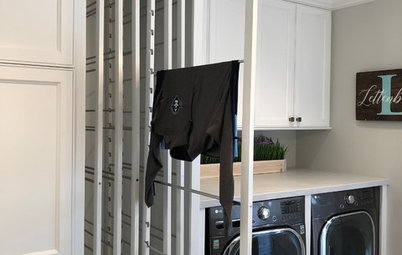
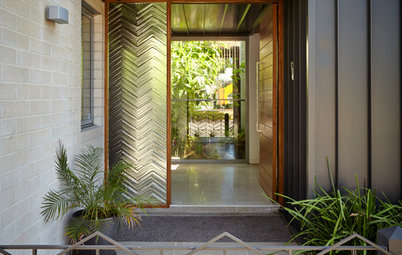
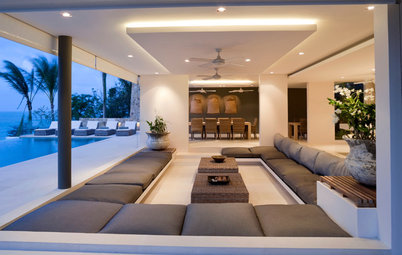
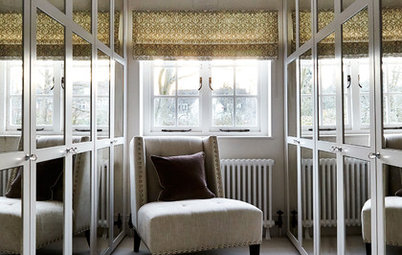
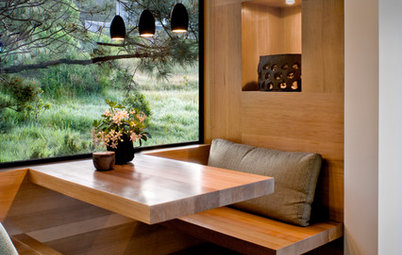


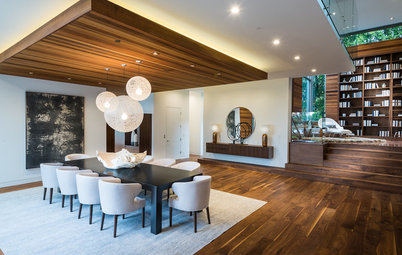
nice
Good analysis one thing missing is veneer only in wood design laminate has vast possibility of design n colors.
Any article on types of veneer polish materials and what company material to be used